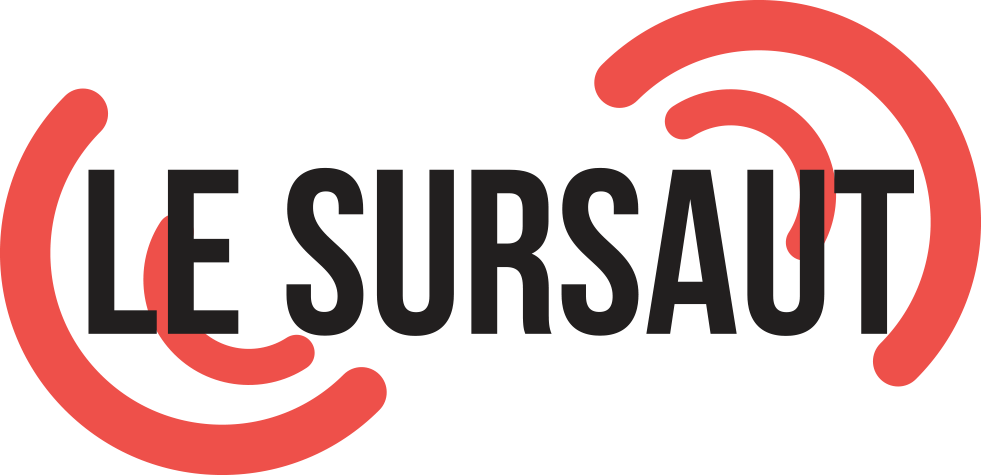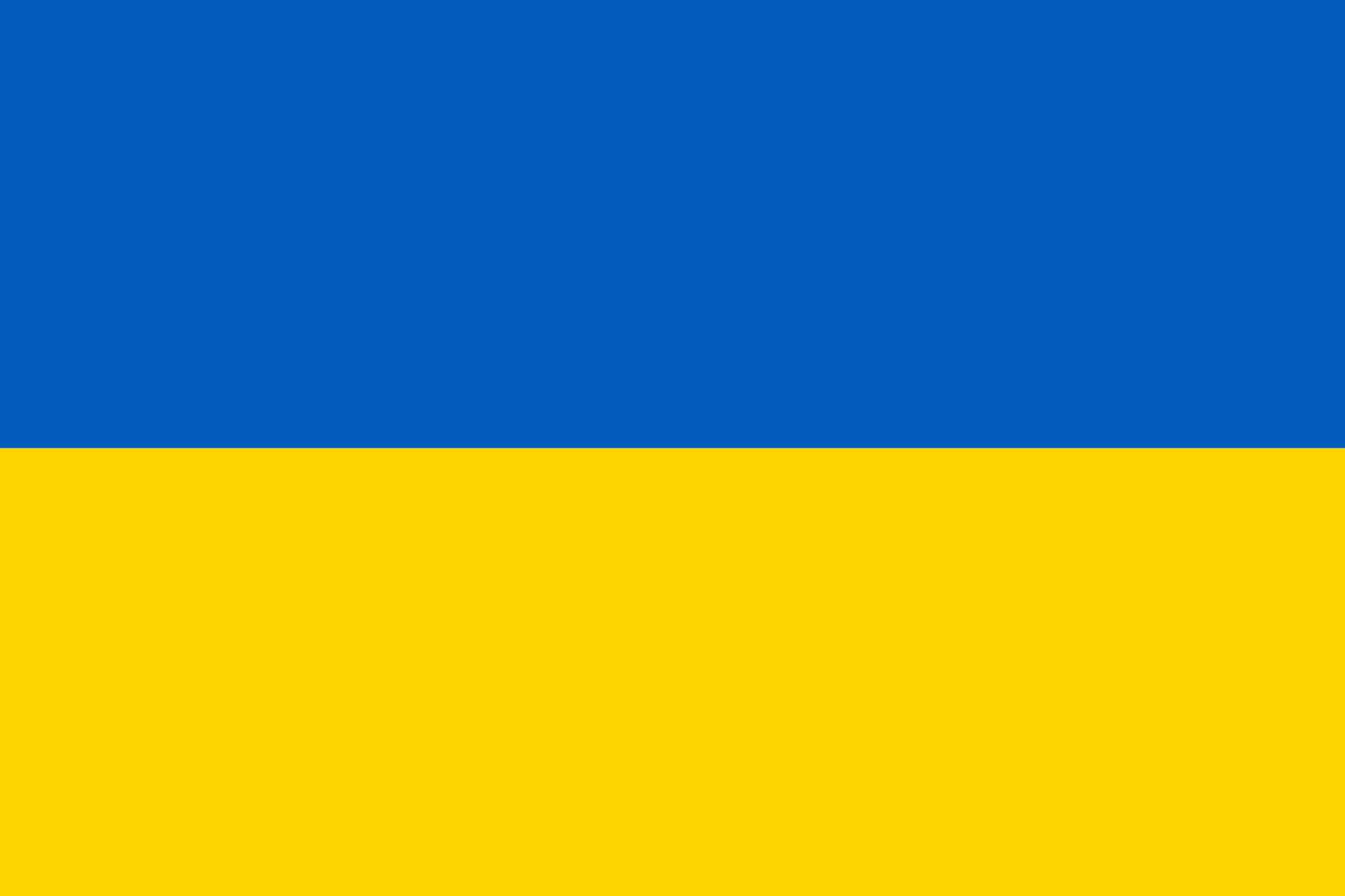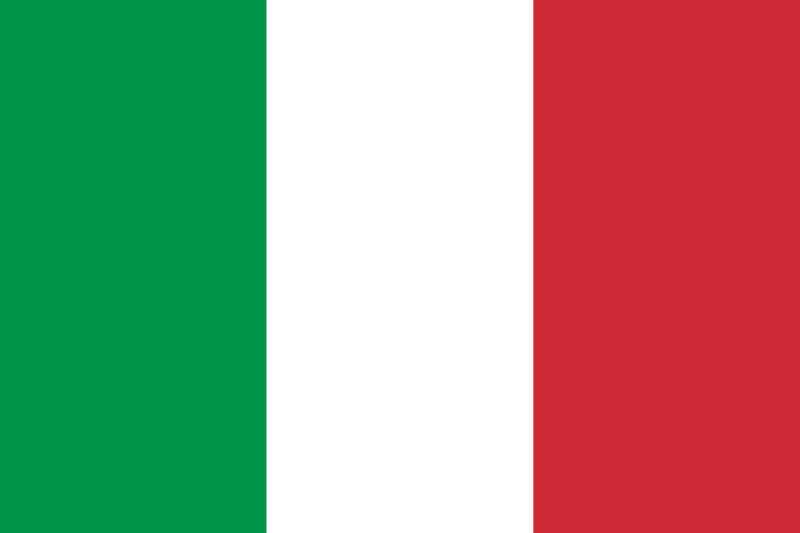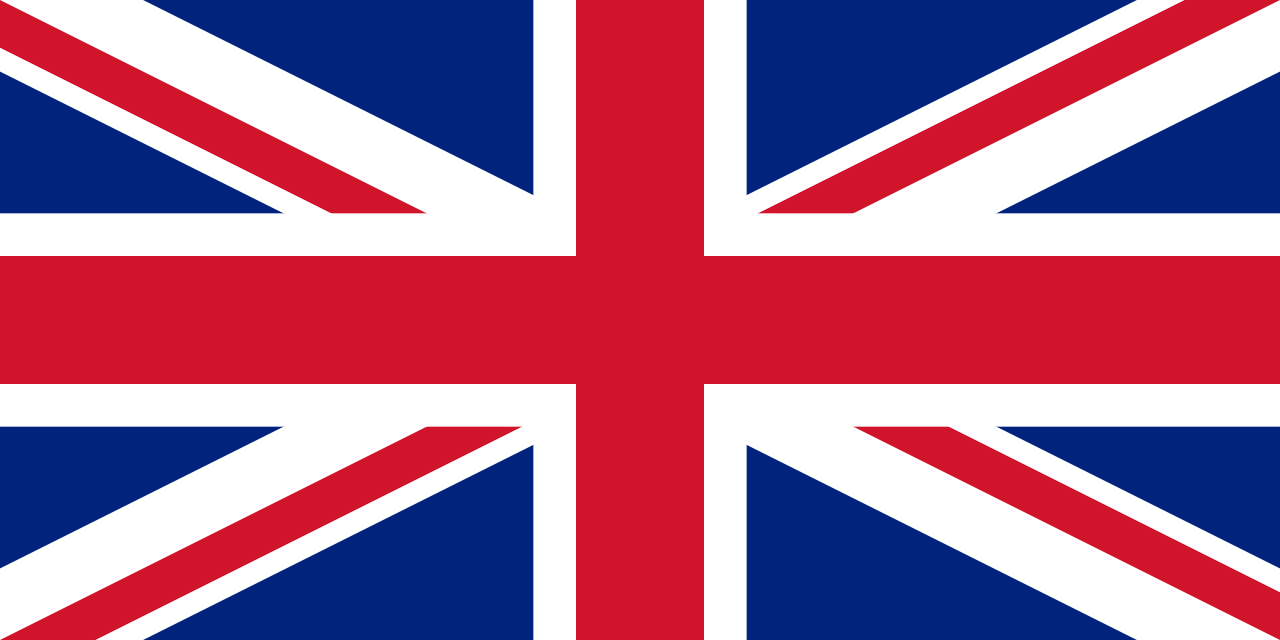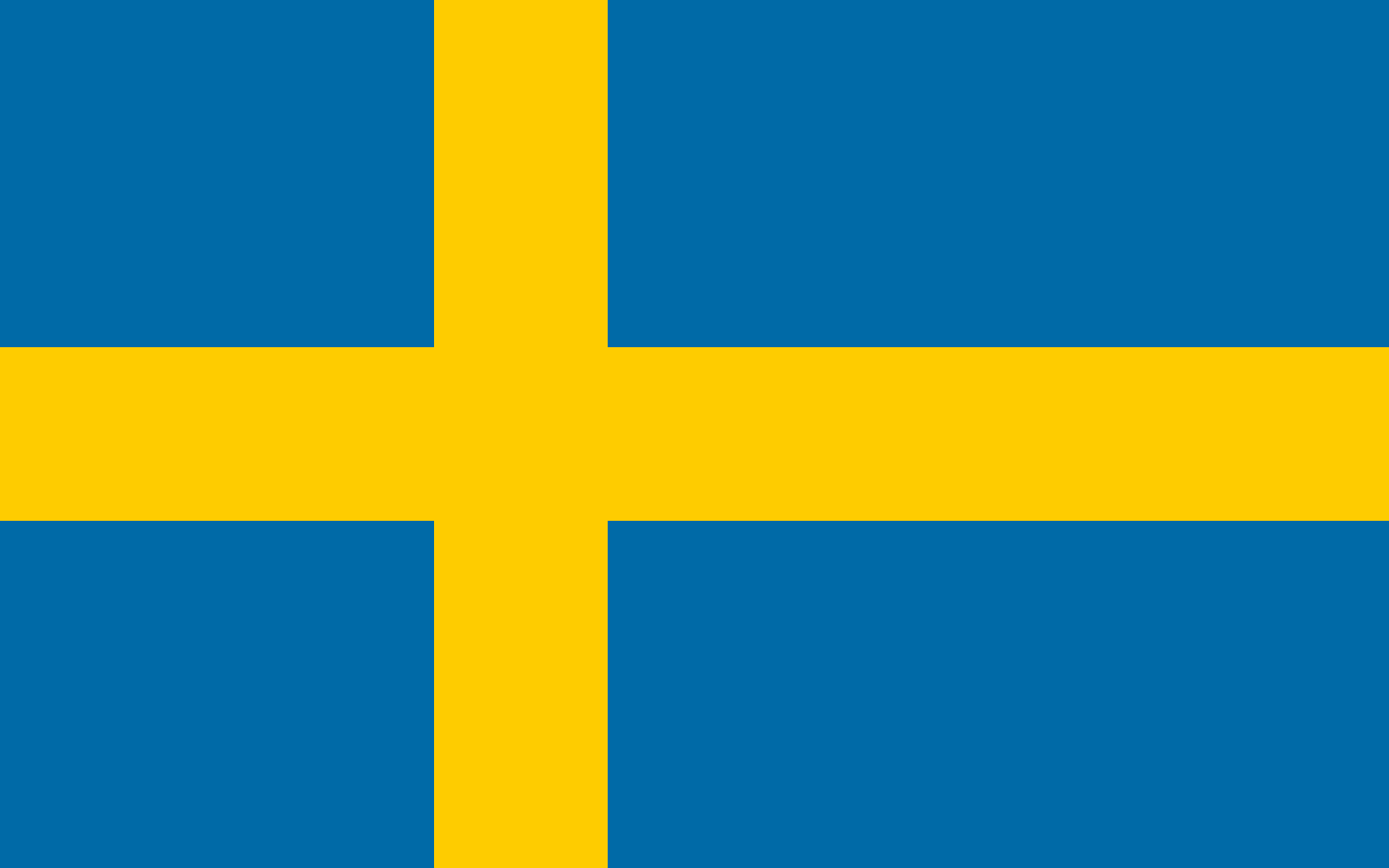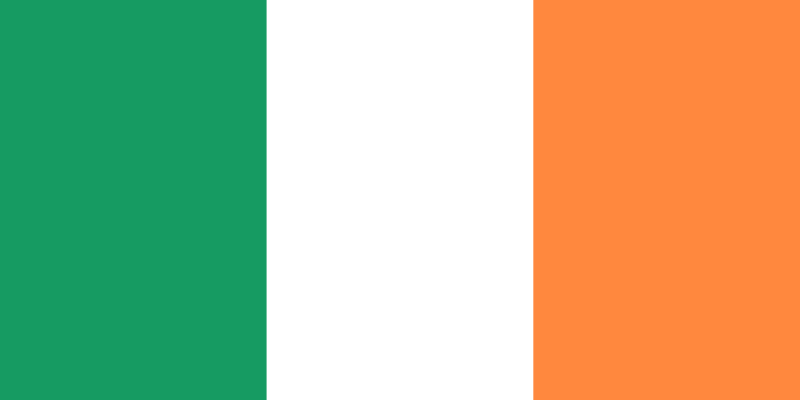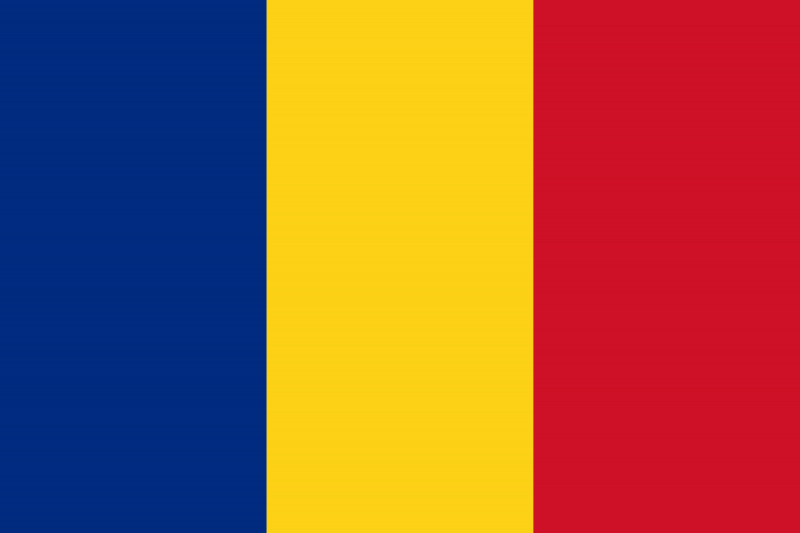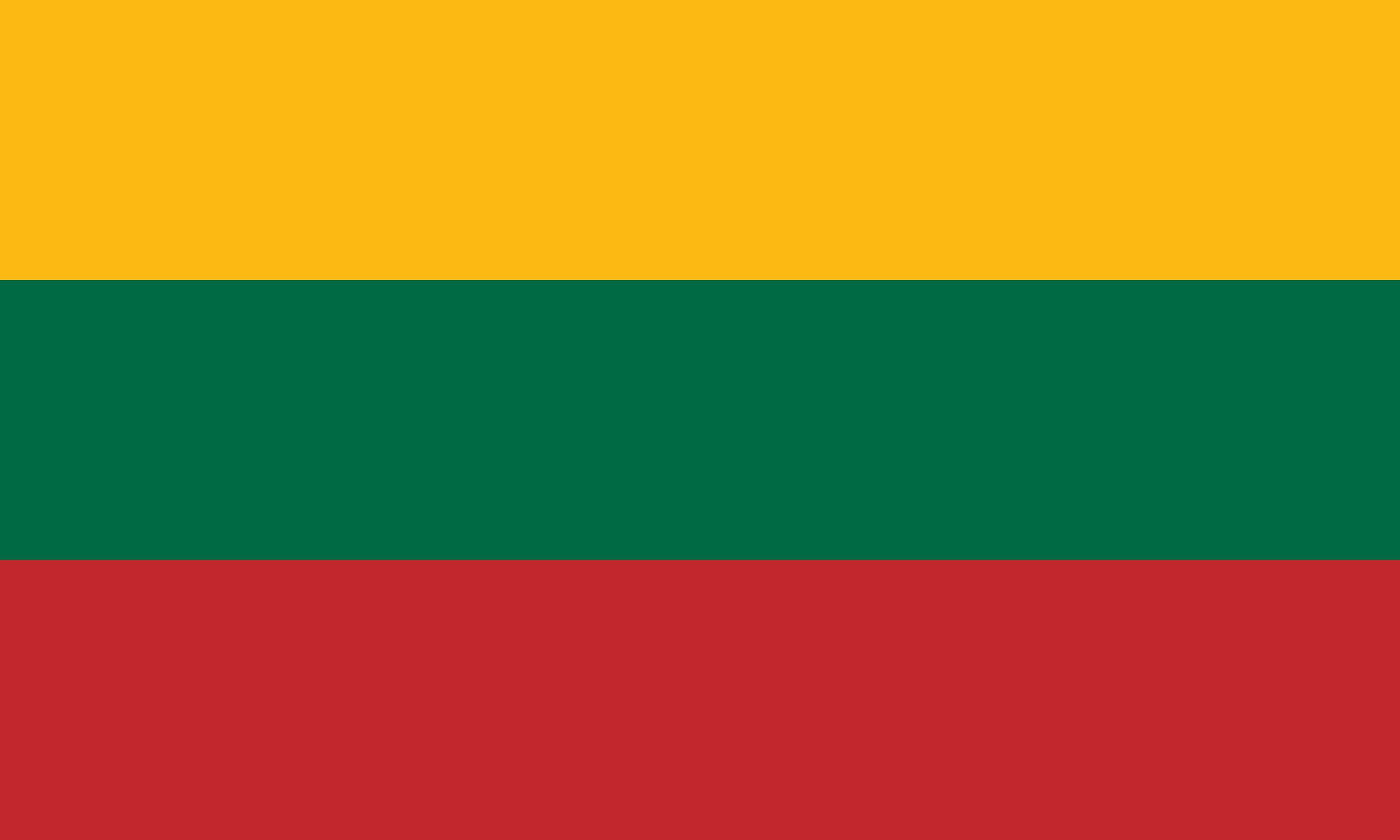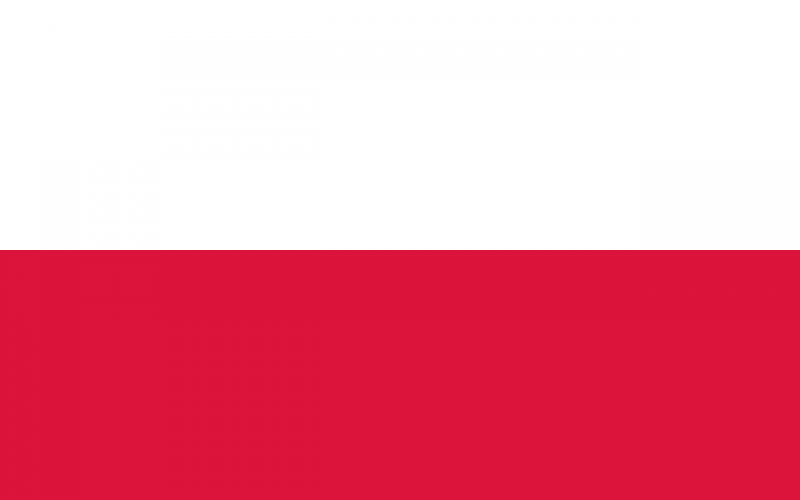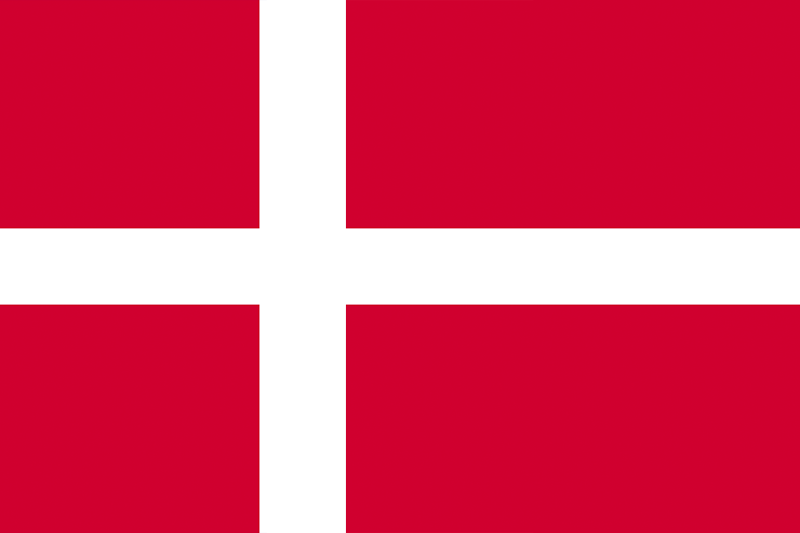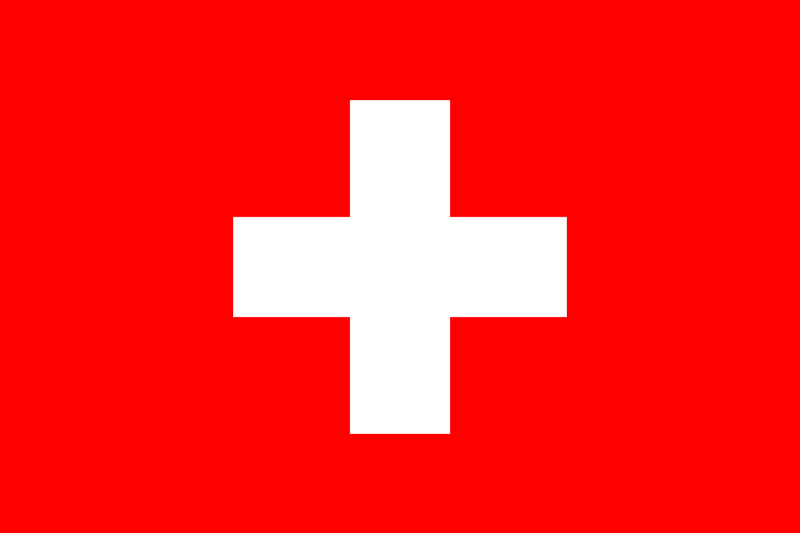 Switzerland
SwitzerlandLa démocratie directe : une maladie auto-immune?
Dans le cadre d’un partenariat avec l’Association du Master Affaires Européennes de Sciences Po Paris (AMAE).
In order to grasp the stakes around radicalization in Switzerland, a short overview of figures seems necessary to show the unusual composition of its population. Switzerland has a 24% rate of foreigners in its population, owing to the absence of a birthplace-based nationality and a narrow naturalization policy. 20% of foreigners living in Switzerland are born there, meaning that they have never immigrated, and 5% of permanent residents are Muslims, most of them from the Balkans and Turkey. These two communities are regularly subject to prejudices and stigmatization. By comparison, French, German and Portuguese people are the three other main diasporas, each accounting for 15% of foreigners. [1]
Radicalized Muslims: Some Swiss Jihadists
Since the 2015 Paris attacks, the Swiss authorities have reinforced the intelligence agency (SRC). Border controls have been tightened as well. The TETRA taskforce (i.e. TErrorist TRAvellers), led by the Swiss federal police office, issued two reports in 2015.[2] They pinpoint possible enhancements in the fight against radicalization.
“The report by the taskforce blames internet as a major source of radicalization liable to foster autonomous attacks by ‘lone wolves'”
The Coalition military intervention in Syria increases the terrorist risk for European countries. In spite of the fact that Switzerland is not militarily involved in Syria, it may be exposed to the terrorist threat as a place of transit for jihadists. Thirty cases of jihadists departing to the Middle-East have been acknowledged so far, with thirty-five others not confirmed. Comparing these figures to those of Europol for the European Union[3], Switzerland seems relatively unaffected. This remark remains valid if we compare with other countries of similar size and population, such as Finland or Austria. Yet a list leaked in February through an ex-Daech fighter, which has already revealed four fighters’ names, could unveil others if its authenticity is verified.
The report by the taskforce blames internet as a major source of radicalization liable to foster autonomous attacks by “lone wolves”. Considering the difficulties encountered by the authorities to prevent online glorification of terrorism, education and awareness-raising measures targeting young people become crucial in the anti-terrorism fight. Muslim associations are also called upon to play a preventive role to keep young Muslims from finding their interpretation of sacred texts on internet. To that purpose, Saint-Gall set up a roundtable for religions which bolsters links between imams and Muslim groups. In the same canton seven imams underwent complementary training in integration, life in Switzerland and radicalization. Counter-propaganda, which is already being used in France, is another means considered by the taskforce. Criminal proceedings are deemed inappropriate before departure in line with respect of the freedom of opinion. Possible strategies are therefore limited and mostly based on persuasion. The detection of returning jihadists relies mainly on the Interpol reporting system, international passengers’ data and the monitoring of returners’ relatives. After the return, de-radicalization programs can be implemented and criminal proceedings may be brought.
Populism in Switzerland
The populist party SVP (Party of the Swiss People) is today the biggest political party in the “National Council”, lower chamber of the parliament directly elected by the population. It enjoys 68 seats out of 200. This party is much weaker in the Council of the States, higher chamber, signalling an uneven distribution of SVP voters among the cantons. The Federal Council is the executive power. This government is of a collegial kind, deliberating behind closed doors, composed of seven councillors drawn from the parliament’s four main parties. Internal tensions are not made public : the members of the Federal Council must publically speak as one voice. This type of executive body offers a threefold advantage. First, the SVP cannot pretend to be a victim set aside by the system, provided that it is well represented in the government. Second, it is forced to compromise by the other parties of the college. Third, it can’t publically criticize the decision once taken. This process fosters a pacification of inter-party relationships.
The SVP cultivates its much overrated agrarian image, inherited from the parties that merged to form it in the 70s. This image allows the SVP to retain support from rural regions of eastern Switzerland while dodging the embarrassing categorization as “nationalist” or “populist”. Where some definitions of populism put forward an intention to reshape the whole political system, the SVP is a striking exception. It does not express any harsh criticism against the institutional system, since direct democracy is a valuable asset for the party. However, it regularly expresses blunt complaints against the actual functioning of the system, accusing it of misrepresenting the people. The SVP shows a constant defiance against foreigners and stir up popular fears of “Überfremdung” (foreign invasion) and “Sozialschmarotzer” (social welfare scroungers). This last point is a classic of the populist discourse, which overlooks the understanding that recipients have of social assistance, in most cases grounds for shame. Furthermore the intricacy of the benefits system would suppose fraudsters to be well-trained experts, which is unlikely[4]. Figures on infringements are too often misused to present foreigners as twice more likely to be criminal than Swiss people. To date, one may only hold foreign residents accountable after excluding non-resident criminal foreigners from the dataset – asylum seekers, temporary stayers, etc. Once this is done, we notice that the 25% foreigners residing in Switzerland are responsible for a mere 29% of violations of the criminal code[5]. The 4% difference may be explained inter alia through factors such as the social environment, the level of education and difficulties in integration.
It is worth remembering the great diversity of SVP voters. The party is teared apart by its electorate composed of different ages, social environments, etc, eventually resulting in internal fractures. This is how a moderate-wing SVP politician, Evelyne Widmer-Schlumpf, was elected at the Federal Council in 2007, ousting the charismatic leader Christophe Blocher. She was accused of taking advantage of SVP’s internal fights and negotiating with other parties. Reckoned as disloyal by the party, this manoeuvre caused her to be banned. Such divisions also appear in cantonal branches: C. Meissner, vice president of the SVP-Geneva, was expelled for being elected without consent of the party and for her green-friendly penchant. These examples make it obvious that a far-right party cannot indefinitely expand, for internal contradictory movements will eventually weaken it.
Beyond the SVP, some marginal far-right groups also exist. They are few organized: conspiracy seekers, neo-nazis, revisionists, skinheads, but overall no proper parties. The reason may be that the competition of the SVP would hamper any attempt to convince voters. Nonetheless the SVP is linked to those groups, at least to some extent. This is shown by Blocher’s praise for a book written by a Holocaust-denier[6] and the conviction of S. Bär and M. Baltisser for racial discrimination.
Direct Democracy, a boon to the SVP
Switzerland has a strong tradition of direct democracy. Any ‘popular initiative’ to modify the constitution which obtains 100’000 signatures within 18 months must be submitted to the vote of the people. Should that vote be positive, both at Swiss level and in a minimum of twelve cantons, the parliament is bound to modify the constitution according to the appeal. A similar mechanism exists to request a referendum on any recently adopted law, order or treaty. These instruments are of great value to the environmental protection lobby for instance, but also to the SVP which does not hesitate to use it to fuel anti-immigration trends. One of the flaws of the system is a very low average turnout, around 44%. Rather than showing a lack of concern in the population, it signals a quite understandable reluctance to take a close and critical look at matters that are, more often than not, somewhat technical. Even where the matter is straightforward, the SVP sometimes strikes a chord with voters by taking the stance of defender of the supposedly endangered Swiss culture. To what extent should democracy show leniency toward political groups that intend to trim down the fundamental rights of minorities ? The initiative concerning minarets illustrates this issue.
This initiative against the building of minarets was approved in 2009 by the people (58%) and the cantons’ populations. Minarets are present in only four Swiss cities, yet SVP posters display a Swiss flag stormed by a whole army of gloomy black minarets. The poster was then forbidden in some cities such as Lausanne and Montreux, but authorized in others like Geneva, Zurich or Biel. Many criticisms were voiced against moderate parties for their lack of communication and the inadequate financial efforts of the private sector. As for the initiative against mass immigration, it was accepted in 2014 by the people (50,3%) and the cantons’ populations. This time, the federal government was blamed for having underestimated the threat and the need for a proper campaign. Thus the SVP became free to develop its outrageous representations further; massively printing posters on which the Swiss flag is savagely trampled by immigrants. The linguistic distribution of the vote was usual for the Swiss context, French speakers leaning less SVP-wise than German and Italian speakers (42% vs 51% and 68%).
“SVP posters display a Swiss flag stormed by a whole army of gloomy black minarets”
Immediate emotional reactions to Paris attacks pose a high risk of confusing terrorists with immigrants or Muslims. In a country where direct democracy is so central, one was entitled to fear a wave of xenophobic or racist initiatives. No such wave occurred. Yet the SVP carries on demeaning minorities and foreigners, a task facilitated by the migrants’ crisis. An initiative, “Yes to the prohibition to conceal one’s face” appeared after the attacks of November 13th. A referendum in the same vein was then launched against the reform of the law on asylum, which forecasts a free legal assistance to seekers. Those two texts are only at the stage of signatures’ collection.
Naturalization is another area in which direct democracy induces a protectionist stance regarding foreigners. The introduction of the facilitated naturalization for second generation immigrants was refused three times by vote (1984, 1992, 2004). Citizenship in Switzerland is organized on three levels, municipal, cantonal and federal, and naturalization follows the same rationale. However, few rules exist on the matter at federal level. This leaves cantons and municipalities with a generous leeway to set their own procedures. In some municipalities the assent of the people through secret ballot is required to validate naturalizations. A first consequence of this is arbitrariness, since no justification may be requested from voters. A second one is the lack of accountability of decision makers, who cannot be brought to court. It is easy to understand how this process systematically incurs a high rejection rate for naturalization. In spite of a ruling of the Federal Court, this type of decision-making has been restored since by an SVP popular initiative[7]…
Translation from French by the author. Thanks to Janet West for proofreading the translated version.
Sources:
[1] Swiss federal statistics office.
[2] Taskforce TETRA, Februrary 2015 report.
[3] Around 4000 departures. Source : Europol.
[4] J-P. Tabin, 2009, Suisse, à droite sans limite ?, in Masnata et al.
[5] Swiss federal statistics office, 2015.
[6] This praise was in favor of Jürgen Graf, 1997, Du déclin de la liberté suisse.
[7] Hebling, in Niggli, 2009, Right-wing extremism in Switzerland.
